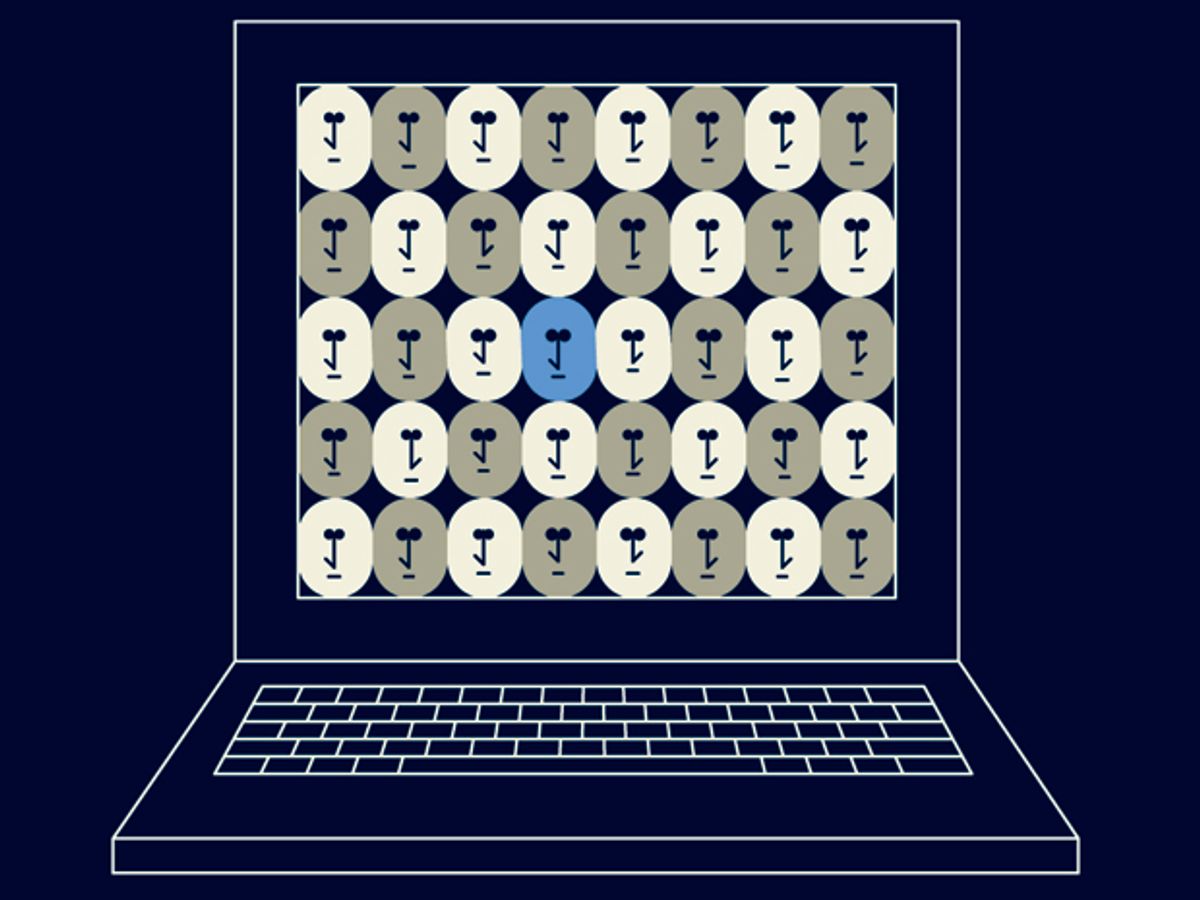A friend said she had an Internet question for me. “Sure,” I said, thinking I would have to explain some technical matter in simple terms.
“Who puts all that stuff on the Internet?” she asked.
I stifled a small laugh, uncertain whether or not this was said in jest. But she was serious, and as I have thought about it since, it is actually quite an interesting question. I never cease to be amazed that almost everything I need to know can be found on the Internet. If I have a question, need to fix something, have some problem—whatever—someone has gone to the trouble of posting relevant advice. Yet I myself have put very little out there, and whenever I consider doing so, I discover that it has already been posted. So where do all of these postings come from?
I remembered a short story by Isaac Asimov that I read many years ago about a researcher who set about trying to find where jokes come from. He observed that no one he knew had ever created a joke, yet thousands of new jokes circulated every day. In the end the researcher discovered that jokes were being created by aliens as a kind of psychological test for humans.
I look at my computer screen and imagine all the murmuring voices behind it, clamoring for attention. There is almost a mystical presence out there, not from aliens but from something almost as thrilling and unexpected—a new presence that has been brought about as a consequence of the enveloping architecture of the Internet.
Before the Internet, two complementary networks spanned the globe—the telephone networks with their one-to-one architectures and the broadcast networks with their one-to-many architectures. I thought it would always be that way, but the Internet combined both of these paradigms while enabling a new communications paradigm of “many-to-one.” When the number of users was small, this didn’t seem very significant, but as the number of users swelled to a billion, emergent properties developed. The “many” became known as the “crowd,” and as users we became both members and beneficiaries of the power in that crowd.
The crowd has wisdom, knowing things that may not be known to individuals. It has sentiments, beliefs, and feelings that can be abstracted and analyzed. Moreover, it has the power to affect the real physical world through such actions as crowdfunding and crowdsourcing. Small armies of volunteers and paid contributors can be assembled on a moment’s notice to work on projects. For example, Kickstarter helps fund small- to midscale creative projects, Amazon’s Mechanical Turk recruits participants to work for very small amounts of money on human intelligence tasks, such as labeling pictures, while Kaggle assembles teams of statisticians to work for larger prizes on data analysis problems, like airline routing optimization. There has even been research on combining real-time crowd input with computer processing to implement “crowd-powered” systems, the initial example being a crowd-powered word processor.
At a recent meeting someone asked whether it would be possible to create “IBM for a day.” The question wasn’t quite serious, but it invites speculation about future potentials. Today we have flash crowds, but could we also have “flash companies”? Maybe we have them already, since new phenomena are constantly arising out of the mist and then taking a while to be noticed and popularized.
There are individuals out there in the crowd too—lots of them. It reminds me of the old Bell Labs, where there was an expert on anything you needed to know right down the hall. That business model is long gone, but now the equivalent exists on the Internet. Whatever the subject is, there is someone out there in the crowd who knows more about it than you do. Guaranteed.
But I still don’t have a simple answer to the original question. It’s complicated.
This article originally appeared in print as “The Answer Machine.”
